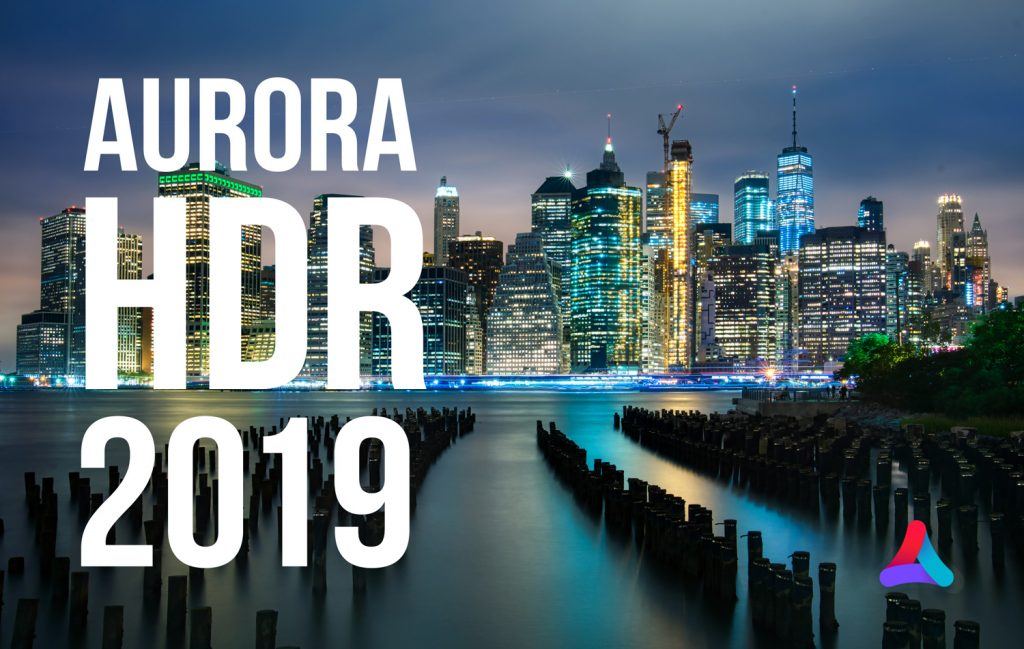

Features are thoughtfully named and do exactly what you expect them to. This is a trend that continues throughout the program. I mentioned above that the options for exporting between catalogs were well named and made sense. Having Lightroom sync smart previews and the presets you work with across to a mobile device quickly can be a huge time-saver for some. This is great for people who need to take something light and simple such as a tablet or phone on the go so they can make the most of commute time or time between jobs.

Lightroom's catalogs and organization features are far more robust than Capture One's when it comes to viewing and managing large numbers of files.īouncing off the last point, Lightroom offers the ability to sync your work across to a mobile device for working on the go. Lightroom facilitates this in a straightforward manner that takes all your work and drops it into another catalog.Īnother function that is extremely useful in Lightroom's catalog is the ability to select multiple folders or collections at the same time and see their contents together in a single slider.
#Aurora hdr 2019 dehaze archive
For example, you might keep a small working catalog for your current jobs on a super-fast internal NVMe drive and then move each job into an archive catalog on a slow spinning drive when it’s done. This sort of functionality is great for having catalogs that serve multiple purposes.

This process is painless and does exactly what the wording in the program says. You can choose to send adjustments, raw files, smart previews (or any other preview for that matter) between catalogs. Simple tasks like moving images between catalogs are straightforward and powerful.

While Capture One offers two basic workflows, Catalogs and Sessions, Lightroom offers only a catalog system but does it extremely well. Additional hardware, such as MIDI decks and even the Loupedeck products are fully compliant with all tools in Lightroom. It has also allowed companies like VSCO and RNI to create very powerful film simulation preset packs.
#Aurora hdr 2019 dehaze full
Third-Party SupportĪdobe allows developers access to the inner workings of Lightroom in the form of a robust API and even access to the raw processing engine through their improved "camera profiles." This has allowed for plugins like Nik and Aurora HDR to make their way into full Lightroom integration. With Lightroom, you can quickly and easily sync cameras whose clocks were different at the time of shooting. Wedding and event photographers frequently make use of multiple bodies during shoots and having those files in the correct running order can be extremely important. One of the ones I didn't even think about before making the move for most of my work to Capture One was the simple ability to synchronize cameras. While you'll still need to jump into a pixel-level editor like Photoshop for certain tasks, these are a great option in many situations. These make it simple to perform basic panorama stitches and HDR merges while staying in Lightroom and not relying on external software. A couple that come to mind are the DNG panorama and HDR merge functions. Functions Outside of Raw DevelopmentĪdobe has introduced some extremely useful tools to Lightroom that make it a much more fully featured post-production suite than Capture One.
#Aurora hdr 2019 dehaze software
So, for those of you who do take the time to read this, I hope that it stirs some thoughts in you about why Lightroom is a good choice for you or what might make it better for your needs. Please try to keep the comments section on topic and discuss the pros and cons of both pieces of software so we can make this a valuable discussion for those who might be looking at both pieces of software. Again, we’ll be looking at the more objectively better features rather than the subjective ones like noise reduction and highlight/shadow handling. To keep things on a relatively level playing field, I’ll be discussing what is now called “Lightroom Classic,” the desktop version of Lightroom.Īs with last week’s article, I’m expecting that a lot of our visitors won’t actually read the article, and we’ll have a fairly emotional comments section. Following up from last’s week’s article about Capture One, today, we’ll take a look at its main rival in the raw processing field, Lightroom.


 0 kommentar(er)
0 kommentar(er)
